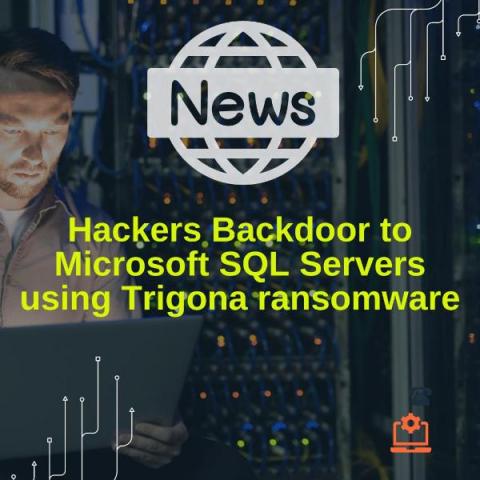RSA Conference 2023: Key Takeaways From Our Five Favorite Sessions
RSA 2023 is a wrap, but that doesn’t mean we are finished with the annual event. Sharing information, success stories, and lessons learned lies at the heart of RSA. And after a week of talking to attendees and pundits, giving demos, and gleaning knowledge from a slew of sessions, it’s going to take some time to sort through all the treasure from that trove of knowledge. For starters, here are a few of the more noteworthy sessions we saw at the show.











